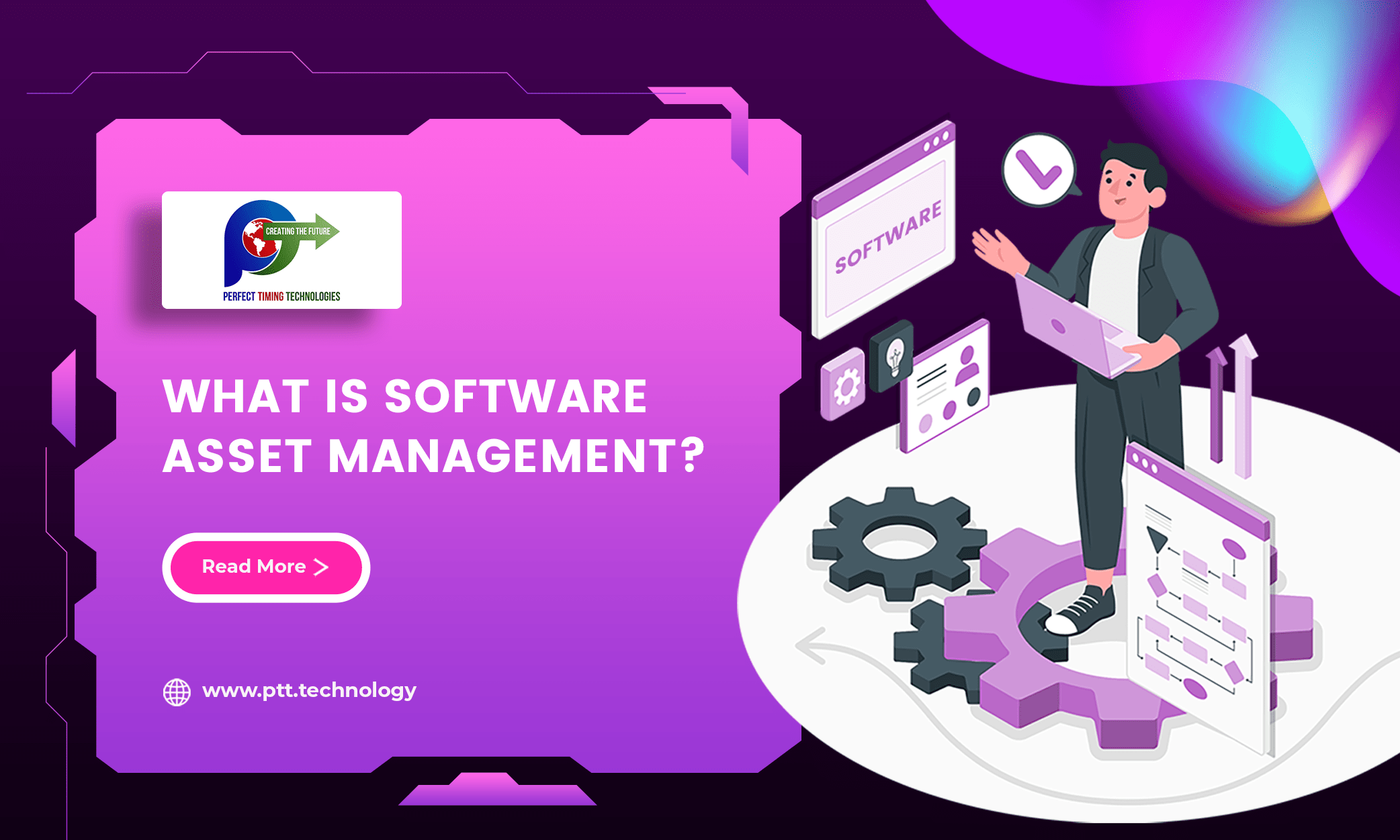
More businesses are adopting digital transformation than ever to enhance their productivity, operational efficiency and improve overall customer experiences. Integrating new software into a business’ legacy systems changes the way core processes operate. There are numerous software tools that significantly become crucial for modern organizations. However, integrating new software into traditional systems across the entire business processes poses a greater challenge for the IT teams. That is when Software Asset Management comes into play.
In this article we shall learn about software asset management and its various functions across the organization.
Defining Software Asset Management
Software Asset Management, abbreviated as SAM, is a crucial process that enables organizations to optimize their software investments while ensuring compliance with licensing agreements and reducing risks. By implementing SAM, organizations can manage their software assets more effectively, decrease costs, and improve their IT system’s performance and security. Through SAM, organizations can gain greater visibility into their software inventory, track usage, and ensure they only pay for the software they need and use.
Benefits of Implementing Software Asset Management
Implementing Software Asset Management enables organizations to optimize software usage, reduce costs, mitigate risks, enhance operational efficiency, and improve business outcomes by giving competitive advantages. It offers several benefits for organizations.
1.Cost Savings: Software Asset Management helps organizations optimize software license usage, identify underutilized licenses, and negotiate better terms with vendors, resulting in significant cost savings. Organizations can reduce their software spending by avoiding over-licensing and minimizing non-compliance penalties.
2.Compliance Assurance: Implementing Software Asset Management ensures that organizations comply with software licensing agreements, regulatory requirements, and industry standards. By tracking licenses, usage, and entitlements, SAM helps organizations mitigate the risk of legal and financial penalties associated with non-compliance.
3.Optimized IT Infrastructure: Software Asset Management helps organizations rationalize their software portfolios, identify redundant or obsolete applications, and standardize on preferred vendors and platforms. By optimizing the IT infrastructure through SAM, organizations can reduce complexity, improve interoperability, and enhance overall system performance.
4.Support for Cloud and SaaS Adoption: Software Asset Management extends to cloud-based and software-as-a-service (SaaS) applications as well, helping organizations effectively monitor usage, control costs, and ensure compliance in hybrid IT environments of the modern digital era.
5.Improved Operational Efficiency: Implementing Software Asset Management across the organization streamlines software procurement, deployment, and management processes, reducing administrative overhead and improving operational efficiency. SAM enables IT teams to focus on strategic initiatives and value-added activities by automating routine tasks and standardizing procedures
Final Takeaway
In a nutshell, implementing SAM can help organizations make more informed decisions about their software investments, leading to improved efficiency and productivity. It aligns software investments with business goals and objectives, ensuring that IT resources get allocated strategically to support organizational priorities and initiatives.
Software asset management is an efficient tool to manage software assets within organizations. We can help you with new software integration into your core business operations.
Talk to us now.







